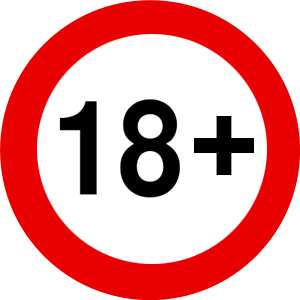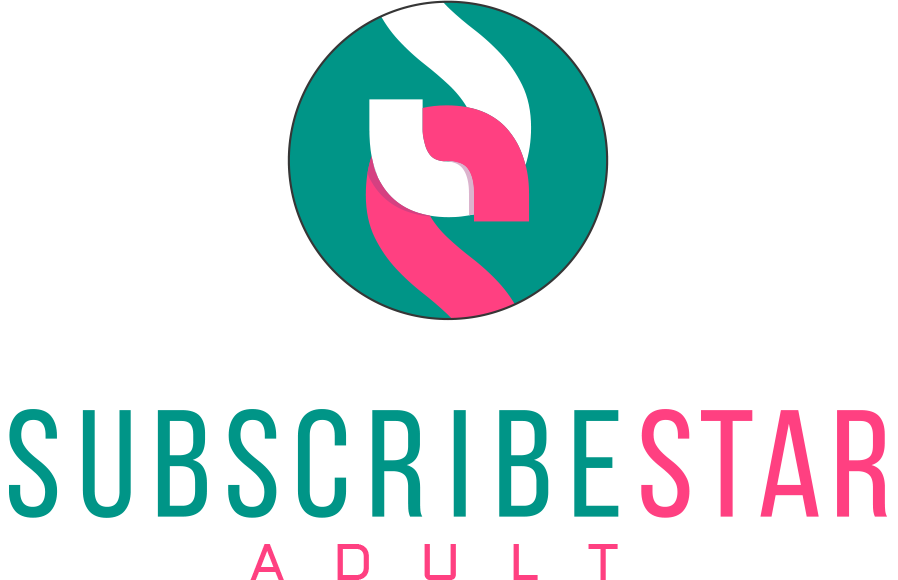Why It Seems Like No One Cares About Your AI Art.
1. The Proliferation of AI Art
1. The Proliferation of AI Art
In recent years, AI-generated art has gained significant attention. From neural networks creating mesmerizing landscapes to algorithms composing music, the intersection of technology and creativity has sparked curiosity. However, this newfound fascination has led to an oversaturation of AI art. As more artists and enthusiasts experiment with generative models, the sheer volume of output can make individual pieces feel lost in the digital noise.
2. Viral Marketing Campaigns and Buzz
Some AI art platforms and tools have cleverly orchestrated viral marketing campaigns. By strategically releasing new features or showcasing impressive results, they generate buzz within the creative community. These campaigns create a ripple effect, prompting discussions across social media, forums, and art communities. Consequently, even if your AI-generated masterpiece is remarkable, it might get overshadowed by the latest sensation.
3. The Tech Bro Invasion
The clash between artists and tech enthusiasts adds another layer of complexity. While artists appreciate the creative potential of AI, they also fear its impact on their livelihoods. Tech enthusiasts, often referred to as “tech bros,” champion AI art as revolutionary. However, their enthusiasm can sometimes come across as dismissive of traditional artistic processes. This tension fuels conversations, drawing attention away from individual artists’ work.
4. NFT Controversy
Non-Fungible Tokens (NFTs) have further intensified discussions around AI art. NFTs allow artists to tokenize their digital creations, but they also raise questions about ownership, authenticity, and value. Some artists worry that AI-generated art could flood the NFT market, diluting its significance. As a result, conversations about NFTs and AI art dominate online spaces, leaving other artistic endeavors in the shadows.
5. Lack of Emotional Connection
AI art lacks the emotional depth inherent in human-created works. When an artist pours their soul into a painting or sculpture, viewers connect with the raw emotion and personal narrative. AI, on the other hand, lacks consciousness and subjective experience. It can mimic styles, but it doesn’t resonate on a profound level. Consequently, people may appreciate AI art intellectually but not emotionally.
6. Ethical and Creative Boundaries
Illustrators and artists express frustration over the blurring of creative and ethical boundaries. AI doesn’t truly “see” art; it samples existing works and remixes them. The original artist’s intent, emotions, and unique perspective are lost in this process. As a result, some view AI-generated art as the antithesis of true creativity.
7. Uncertain Future
Experts remain uncertain about AI art’s long-term impact. While some fear it threatens human creativity, history suggests that artists adapt and find new avenues. Perhaps AI will redefine artistic practices, leading to unexpected collaborations and innovations. Only time will reveal the true implications.
In conclusion, the perception that “no one cares” about AI art stems from a complex interplay of factors: oversaturation, marketing dynamics, ethical concerns, and the absence of emotional resonance. As artists, we navigate this evolving landscape, hoping that our unique voices will find recognition amidst the digital cacophony.





